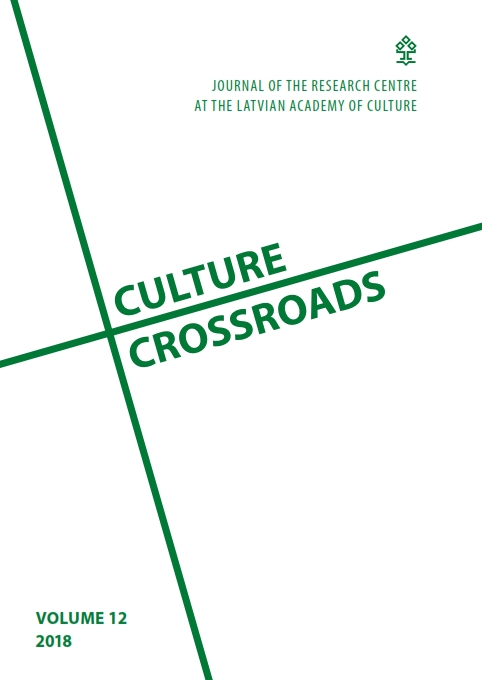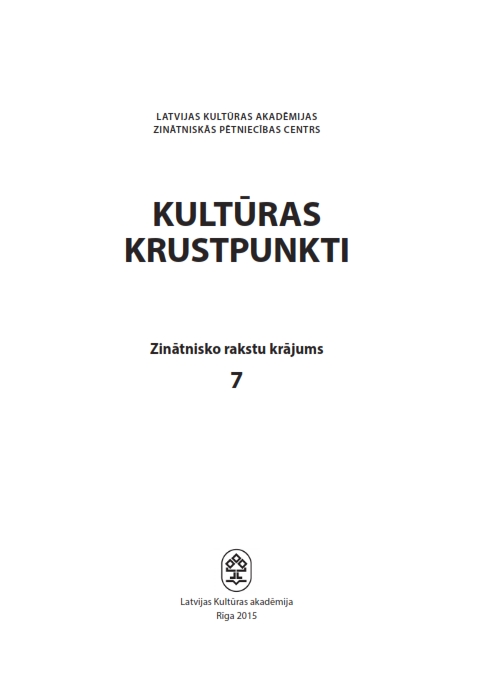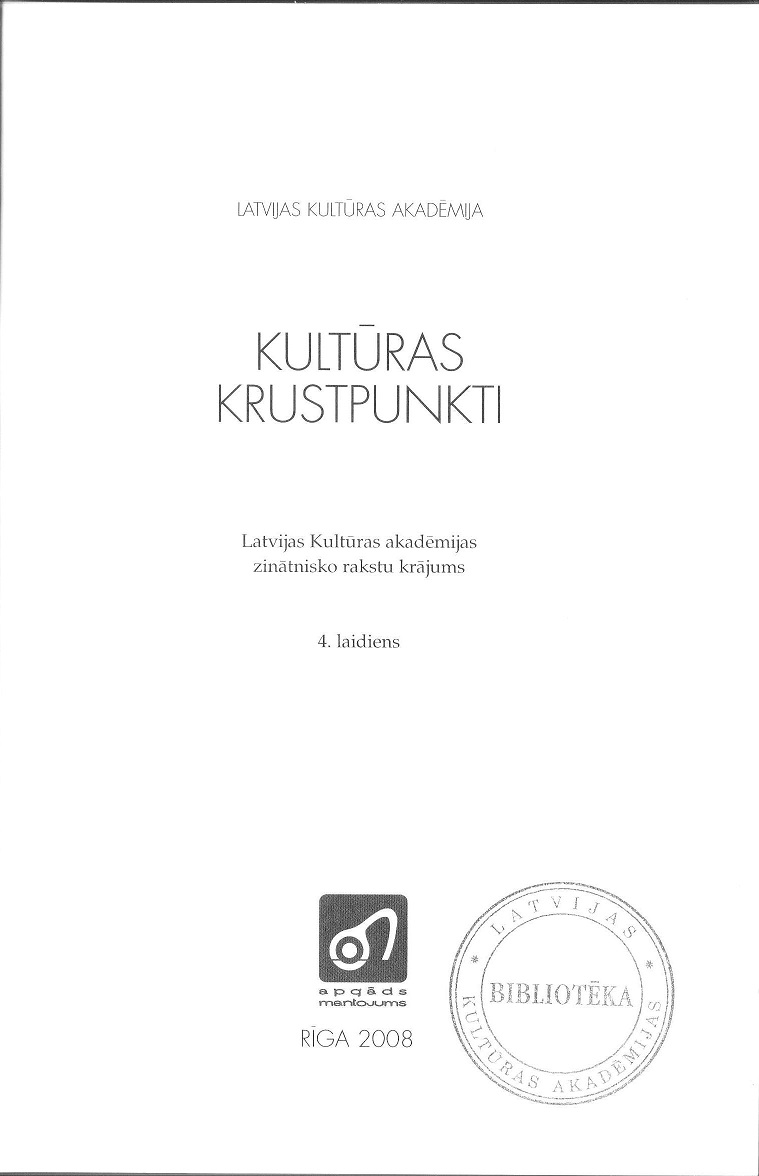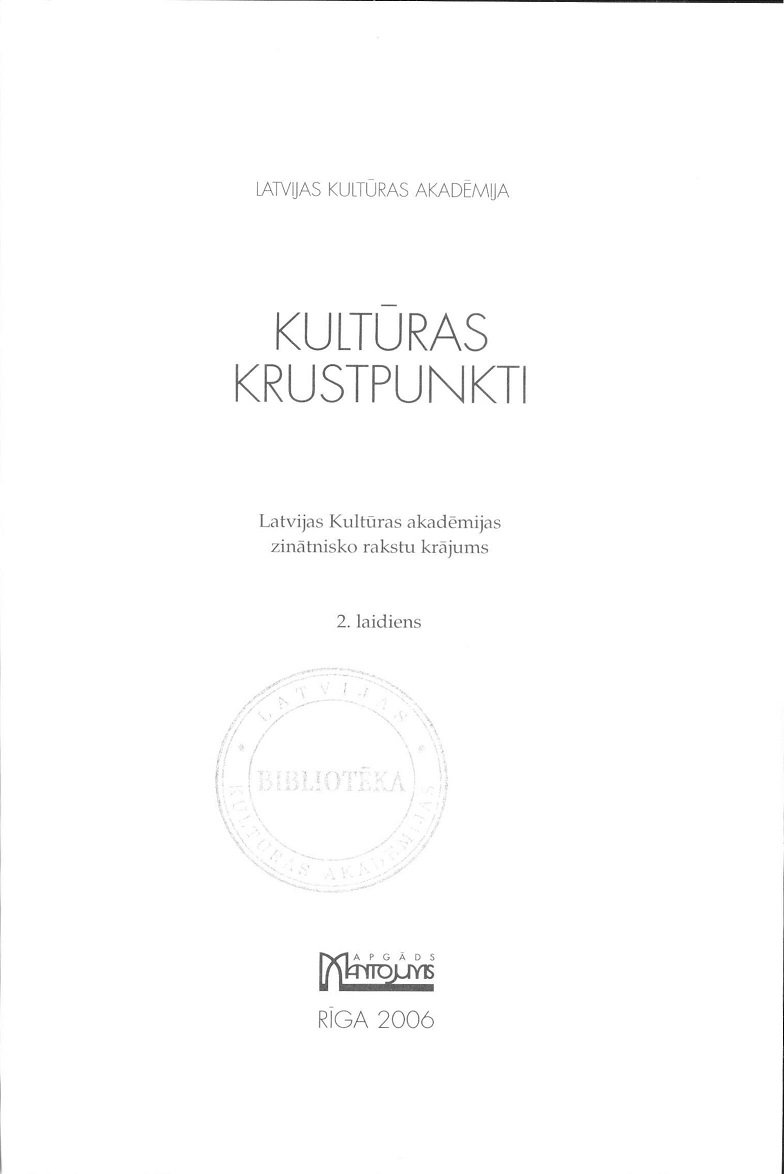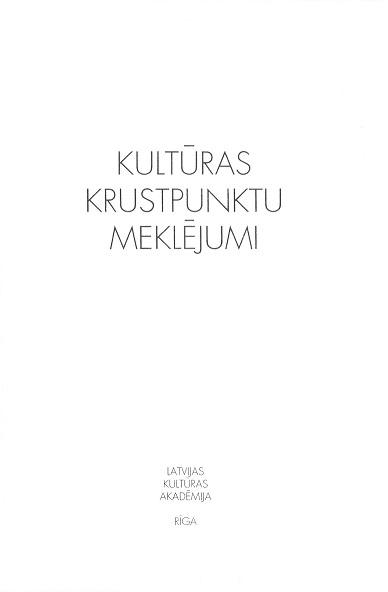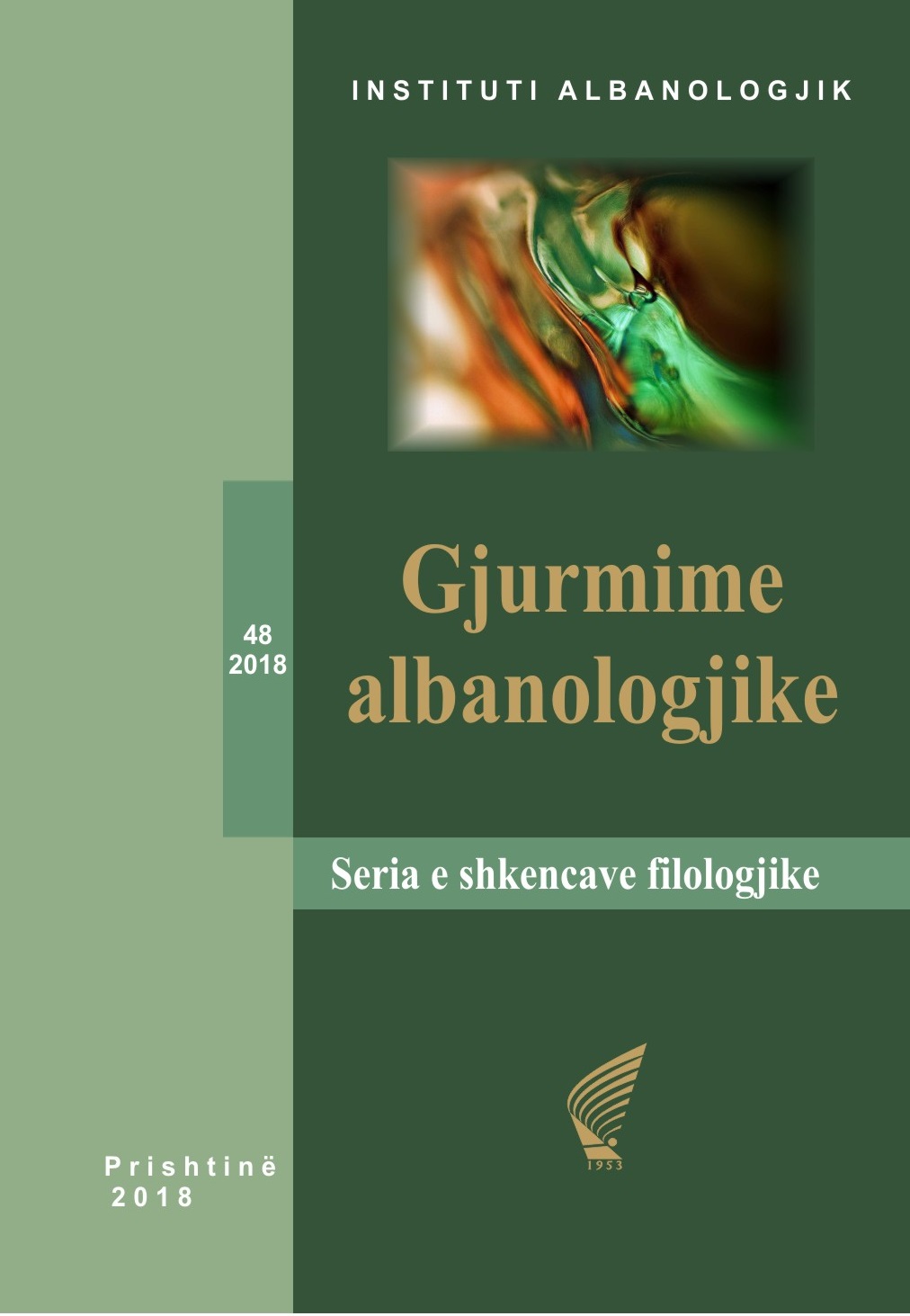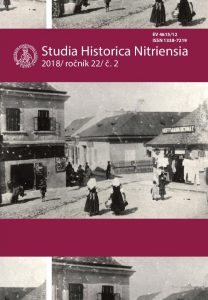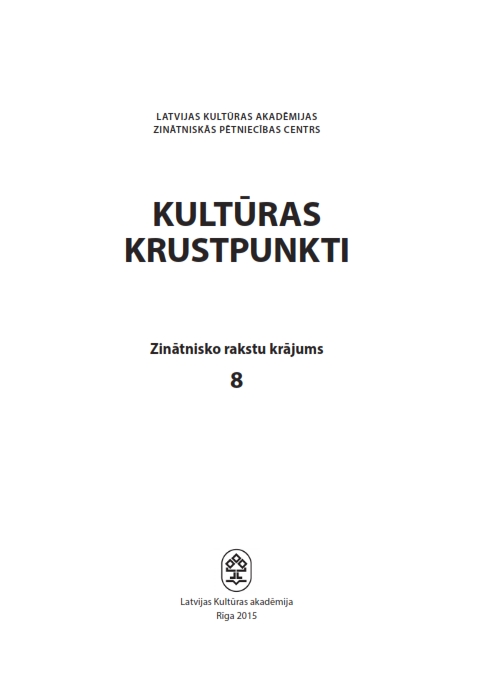
IEVADVĀRDI
The collection of research articles “Culture Crossroads”, Issue No. 8 is dedicated to the international research conference organised by the Latvian Academy of Culture “Leftist Ideas in Culture. The Password – Asja” (held in Riga on 6–7 March 2015) and the ideas and insights gained at the conference. The proceedings consist of articles, based on the papers and discussions delivered at the conference. Asja is the theatre director Anna Lācis (1891–1979), more widely known in the world as Asja Lācis – a fascinating personality, a vivid example how leftist ideas have influenced people’s personal and creative biographies. [...]
More...
